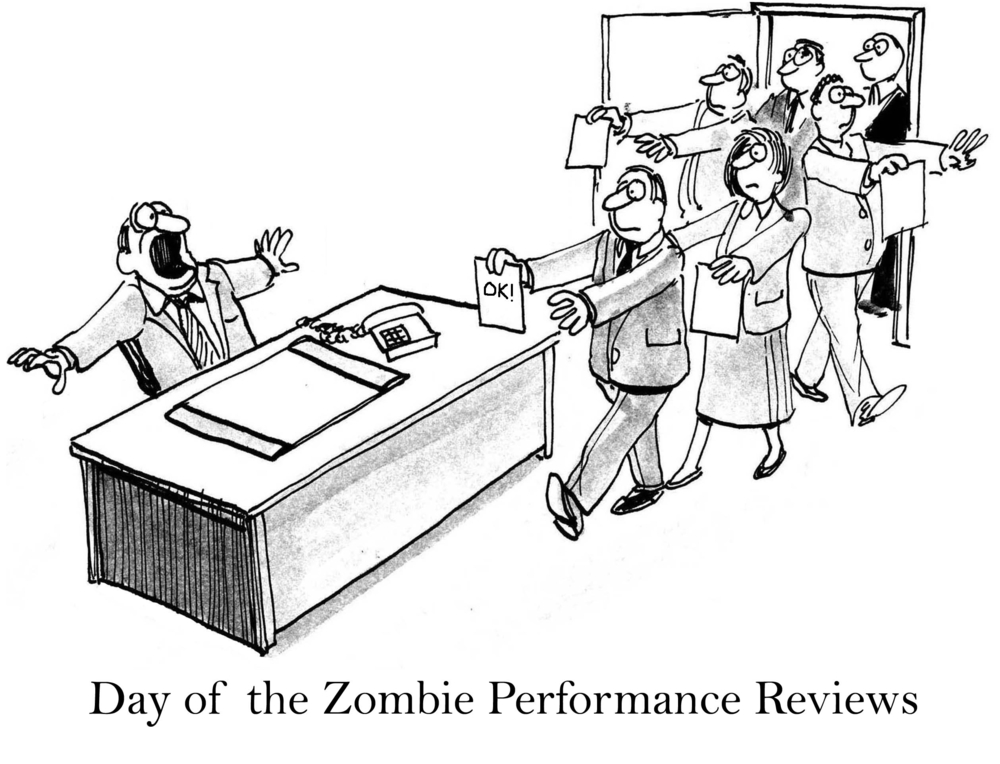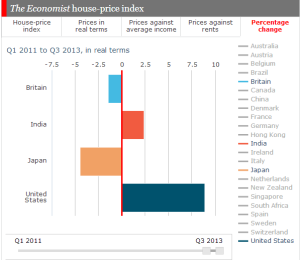Can you really measure people’s performance in your organization? If you are people manager, a quick answer would probably be “yes”.
Rethink about it!
If your answer is still “yes”, there are high chances that you are either managing a very small group and most likely working in a start up. In such situations, market measurement of your company or group is quick and high – you either succeed or fail and hence attribution to performance is easy. The second reason being, everyone is constantly performing. Or maybe you are a sports organization!
If you have worked in large organizations and gone through multiple assessment cycles, you know how difficult the job is. Most managers are not sure if they exactly know both the performance and potential of their employees. It’s no wonder large organizations have huge budget to train their managers on people performance and managing peak performance. There are several tools and techniques that managers use, including 360 reviews and gut feelings. But are employees happy? Are they performing to their peak potential? Is it an issue about manager’s capability or tools/processes that are available to measure performance?

And the bigger question really is, how does this impact your organization’s performance? Just imagine what a small improvement in employee performance can do for the company.
Now I see few opportunities here – If you can’t measure, you can’t improve. There is a big opportunity in creating tools for performance measurement. Tools that work. Tools that can include the process around the performance measurements.
One of the things, I have noticed is that generally people have good sense on how someone else is performing if they are around that person. Managers can miss “how” part of completed task but peers have a good idea on how someone completed a task. 360 works to some extent but it fails during comparative analysis or depends on reviewer’s personality.
Is there a way to capture this sense and build a tool?
The second opportunity lies with the fact that a small improvement in employees performance can improve organization’s performance. But most managers at best can connect it implicitly. What are those parameters that can be influenced and measured? Remember, can’t measure leads to can’t improve!
Is there a way to associate employee’s performance to company performance in a more direct, action-oriented way?





